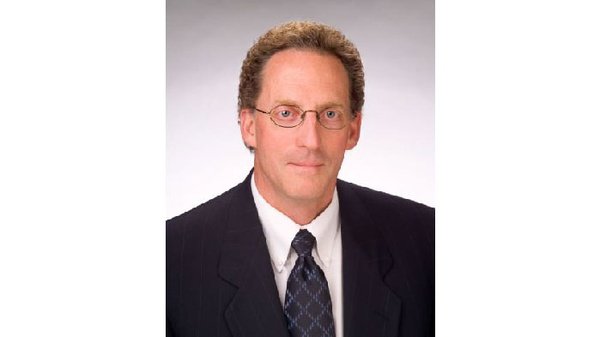Milton Lee Honored in Chromatography Journal Special Issue
Nov. 16, 2012

On October 26, the Journal of Chromatography A published a special issue in honor of Dr Milton L Lee, a distinguished and respected researcher in the scientific community and at Brigham Young University.
The issue was organized by Lee’s former students and colleagues, and each article included in the issue was written or co-written by someone who worked with and was influenced by Lee. The foreword, written by Doug Raynie, a former graduate student of Lee’s, gives a comprehensive account of Lee’s many accomplishments in both academia and business. Among these accomplishments are three companies Lee co-founded to commercialize instruments he helped develop, more than 20 patents filed, more than 500 journal publications and presentations, and many former students.
Lee comes from a highly educated family. He grew up in Hyrum, located in northern Utah near Logan, where his father Garth was a professor of chemistry at Utah State University. Of the ten children in his family, all have advanced degrees – five of which are in chemistry. Lee earned his Bachelor of Arts in chemistry at the University of Utah, his PhD in analytical chemistry at Indiana University, and spent a year doing postdoctoral research at MIT before joining the faculty at the BYU Department of Chemistry and Biochemistry in 1976.
When asked about accomplishments he is most proud of, rather than highlight one of his own achievements, Lee said he is most proud of what his graduate students have accomplished.
“There have been some pretty amazing people come through the program,” he said. “I keep track of all of them – there are probably around 60 that have graduated and I have seven now.”
In addition to producing the special issue of the journal, Lee’s former students and colleagues organized a symposium for Lee last September to celebrate Lee’s 65th birthday on July 20, 2011.
“I think having a special issue is a nice thing. I appreciate the thought,” Lee said. “It was also really enjoyable to have the birthday party because I saw so many of my former students and colleagues. It’s all about the people. I feel really good that so many of my former students and colleagues appreciate my association and feel I’ve contributed to their lives in some way. That’s pretty satisfying.”
Anzi Wang, one of Lee’s current graduate students who published an article with Lee in the special issue, appreciates Lee very much.
“I chose BYU because of Dr. Lee. I was very interested in chromatography in my [undergraduate] college years and I was looking at graduate schools and saw Dr. Lee,” said Wang, a fourth-year PhD student from China, of how he came to work for Lee. “He’s just a great mentor. He always supports your ideas and what you think. … He also teaches you how to carry on with these ideas and utilize everything to fulfill your plan. In group meetings he always gives me lots of good suggestions. He always tells stories about his companies. … Dr. Lee is a very successful entrepreneur. He can combine good results in industry with commercial success. Sometimes scientists are good at one or the other, but he’s good at both.”
Despite playing a founding role for three different companies, Lee prefers working in academia to working in the business world.
“The business world is difficult – it’s competitive, challenging,” he said. “Academia is really a good job to have. You can do teaching and research – there’s lots of things to do.”
In fact, teaching is Lee’s favorite thing to do in class. One of his favorite memories of teaching at BYU happened while he was teaching Chem 105.
“[This was] before they had all these restrictions on blowing up hydrogen balloons. I told the students I’d blow up any balloon they brought to class,” Lee said. “I started with small balloons and got bigger. The bangs got bigger, louder. The students really started to get into it. Finally, on the last day of class, the students brought this huge weather balloon probably four or five feet across. I had the Lecture Prep people fill it with helium, not hydrogen, which floats like hydrogen does but doesn’t blow up. I brought it into the classroom and all the students were scrambling to the back of the classroom… I had a TA pop it and it just went, bup! The students were pretty surprised. I have had lots of fun teaching experiments. Every day is a fun day in class, I think.”